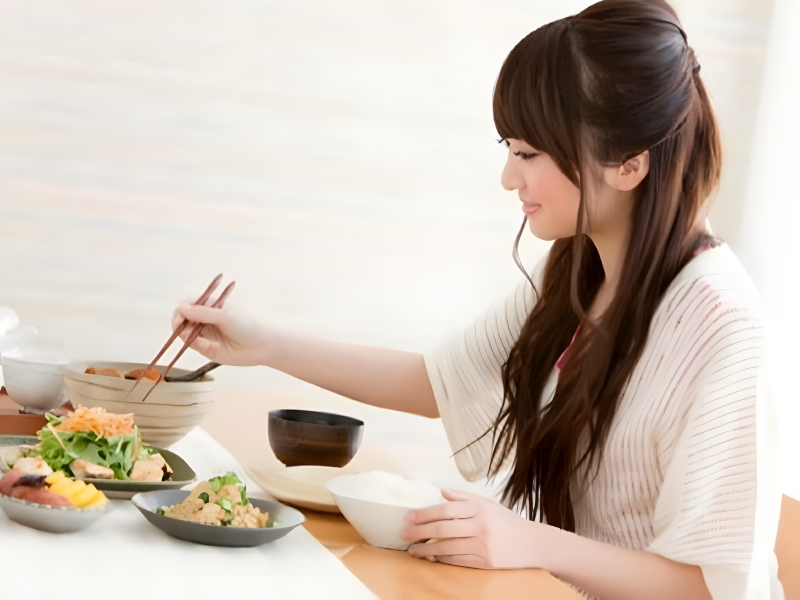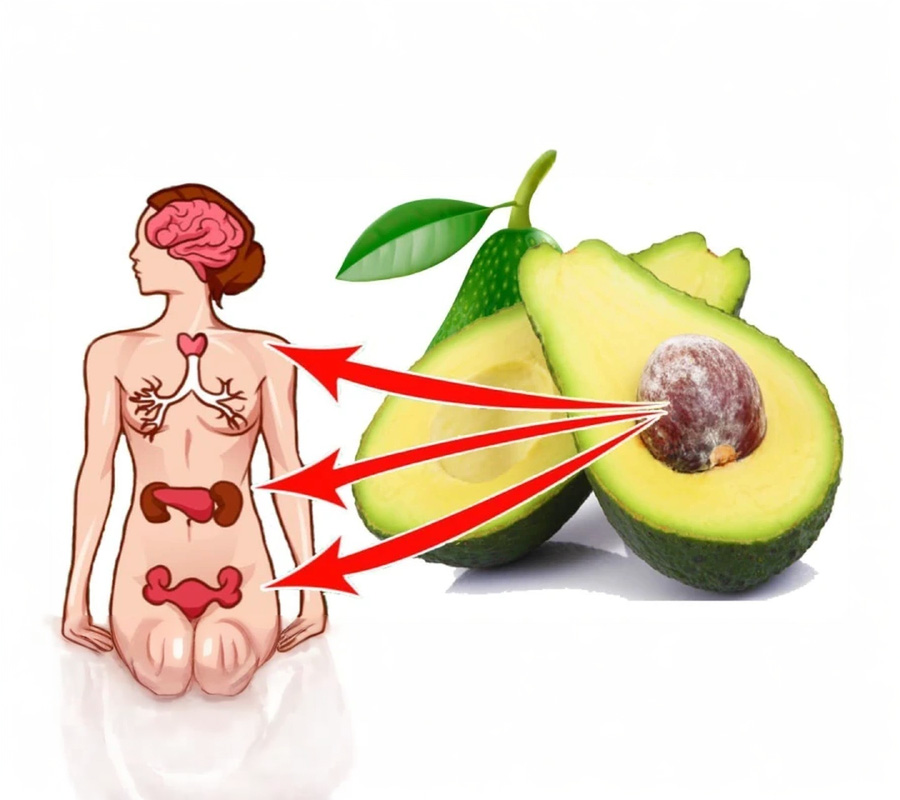Japanese food plan.
The Two-Week Strict Diet: A Unique Approach to Weight Loss
This diet is quite stringent and requires strict adherence for two weeks. During this period, participants must completely eliminate alcohol, sweets, and salt from their meals. While the initial phase may be challenging, the diet is designed to have a lasting impact, extending for up to two years.
Key Features of the Diet
Elimination of Certain Foods
Alcohol: Completely avoiding alcohol helps reduce empty calories and can improve overall health.
Sweets: Cutting out sweets eliminates added sugars, which can significantly contribute to weight gain and health issues.
Salt: Avoiding salt can help reduce water retention and lower blood pressure, promoting better cardiovascular health.
Duration of Impact
The effects of this diet are intended to last for two years, encouraging long-term lifestyle changes rather than just short-term weight loss.
Eating with Chopsticks
One of the primary requirements of this diet is using chopsticks when eating. This practice can slow down the eating process, encouraging mindfulness and portion control, which may lead to reduced calorie intake.
Conclusion
In conclusion, this stringent two-week diet presents a unique approach to weight loss by emphasizing the elimination of specific foods and the use of chopsticks during meals. While it may be challenging, the potential for lasting effects over two years makes it a compelling option for those seeking to make significant lifestyle changes. By adopting this diet, individuals can foster healthier eating habits and achieve their weight loss goals in a sustainable manner.

Advertisement
The Japanese diet, often referred to as the "Okinawa Diet" or the "Japanese Longevity Diet," has gained international attention for its potential health benefits and association with longevity. While the description provided suggests a very strict, short-term approach, it's important to note that the traditional Japanese diet is actually a lifelong eating pattern rather than a quick-fix solution. The two-week stringent phase mentioned may be a modern interpretation or a jumpstart program based on Japanese dietary principles.
At its core, the Japanese diet is characterized by its emphasis on whole, minimally processed foods, with a focus on vegetables, seafood, rice, and soy products. The diet is naturally low in saturated fats and sugar, and high in omega-3 fatty acids, which contribute to its health benefits. The temporary elimination of alcohol, sweets, and salt as described in the two-week plan aligns with the overall principles of the Japanese diet, which generally includes these items in moderation rather than complete exclusion.
The claim of a "two-year duration of impact" is intriguing and may refer to the long-term health benefits observed in studies of Japanese dietary patterns. Research has shown that adherence to a traditional Japanese diet is associated with lower rates of cardiovascular disease, certain cancers, and obesity. These benefits are thought to be due to the diet's high antioxidant content, balanced omega-3 to omega-6 ratio, and overall nutrient density.
The requirement to use chopsticks when eating is an interesting aspect of this diet plan. While it may seem superficial, there is some logic behind this practice. Eating with chopsticks typically slows down the eating process, which can lead to better digestion and increased mindfulness during meals. This slower eating pace can contribute to better portion control and increased satiety, potentially aiding in weight management. Additionally, the act of using chopsticks requires more hand-eye coordination and concentration, which can turn eating into a more engaging and mindful experience.
The traditional Japanese diet includes a variety of foods that contribute to its health benefits:
Fish and seafood: Rich in omega-3 fatty acids, which are beneficial for heart and brain health.
Vegetables: A wide variety of vegetables, often served lightly cooked or pickled, provide essential vitamins, minerals, and fiber.
Rice: While white rice is common, brown rice is also consumed and provides additional fiber and nutrients.
Soy products: Tofu, miso, and natto are excellent sources of plant-based protein and contain beneficial compounds like isoflavones.
Green tea: Rich in antioxidants, particularly catechins, which may have anti-inflammatory and cancer-fighting properties.
Seaweed: Provides iodine and other minerals, as well as unique plant compounds with potential health benefits.
The Japanese approach to eating also emphasizes several key principles:
Hara hachi bu: This Confucian teaching encourages eating until you're 80% full, promoting portion control and preventing overeating.
Variety: Japanese meals often consist of several small dishes, providing a range of nutrients and flavors.
Presentation: Aesthetic presentation of food is considered important, making meals more satisfying and enjoyable.
Seasonality: There's a strong emphasis on consuming seasonal foods at their peak freshness and flavor.
While the strict two-week plan described may yield rapid results, it's the long-term adoption of Japanese dietary principles that is likely to provide lasting health benefits. The complete elimination of salt, while potentially beneficial for some individuals, should be approached with caution as sodium is an essential nutrient. Similarly, while reducing alcohol and sweets can be beneficial, moderate consumption as part of a balanced diet is often more sustainable in the long term.
In conclusion, while the described two-week Japanese diet plan may offer a structured approach to adopting healthier eating habits, the true benefits of Japanese cuisine come from embracing its principles as a long-term lifestyle choice. The emphasis on whole foods, variety, portion control, and mindful eating, combined with the unique cultural aspects like using chopsticks, create a holistic approach to nutrition that goes beyond mere calorie counting. As with any significant dietary change, it's advisable to consult with a healthcare professional or registered dietitian to ensure the approach is suitable for individual health needs and goals.









